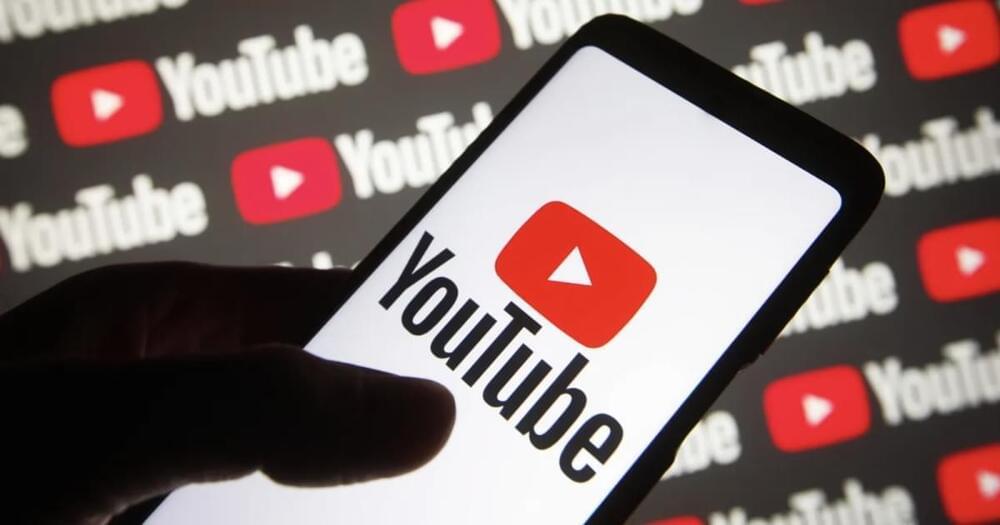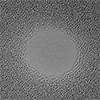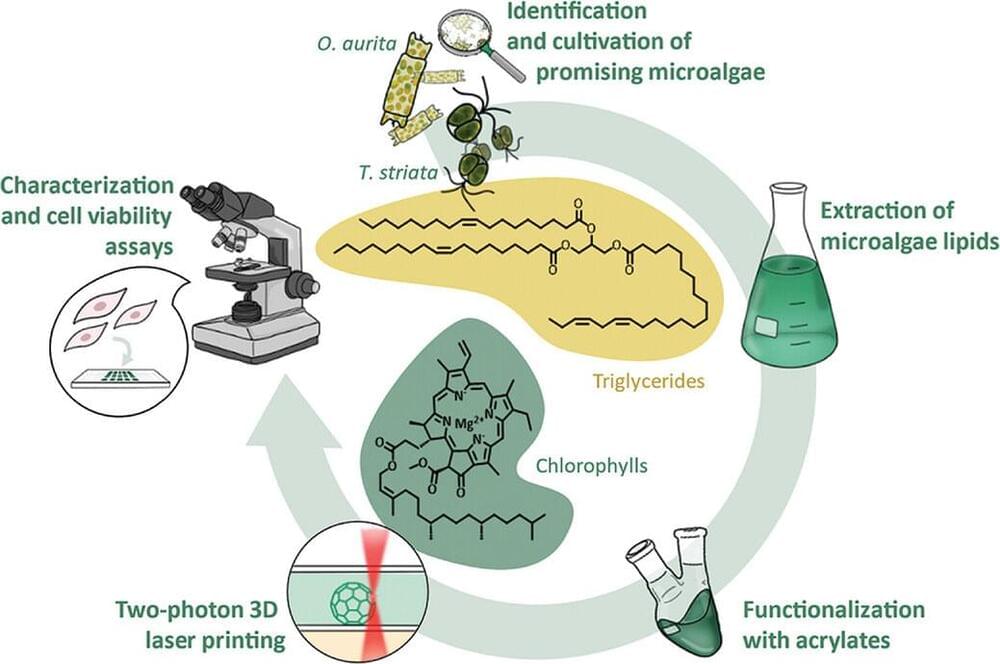Back in June, YouTube quietly made a subtle but significant policy change that, surprisingly, benefits users by allowing them to remove AI-made videos that simulate their appearance or voice from the platform under YouTube’s privacy request process.
First spotted by TechCrunch, the revised policy encourages affected parties to directly request the removal of AI-generated content on the grounds of privacy concerns and not for being, for example, misleading or fake. YouTube specifies that claims must be made by the affected individual or authorized representatives. Exceptions include parents or legal guardians acting on behalf of minors, legal representatives, and close family members filing on behalf of deceased individuals.
According to the new policy, if a privacy complaint is filed, YouTube will notify the uploader about the potential violation and provide an opportunity to remove or edit the private information within their video. YouTube may, at its own discretion, grant the uploader 48 hours to utilize the Trim or Blur tools available in YouTube Studio and remove parts of the footage from the video. If the uploader chooses to remove the video altogether, the complaint will be closed, but if the potential privacy violation remains within those 48 hours, the YouTube Team will review the complaint.


